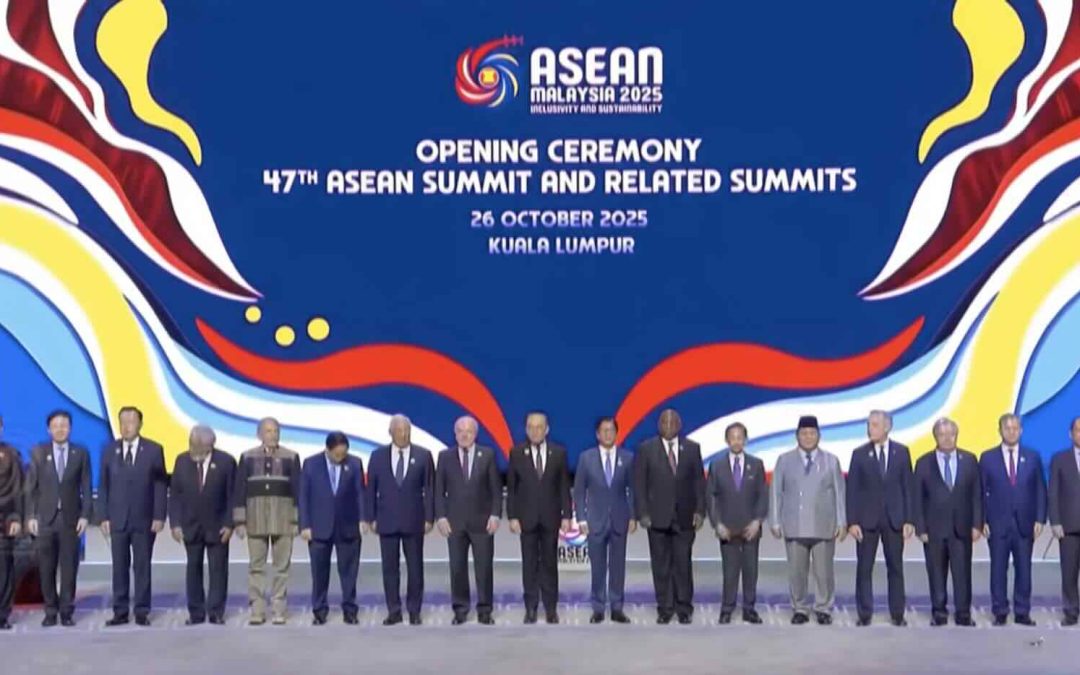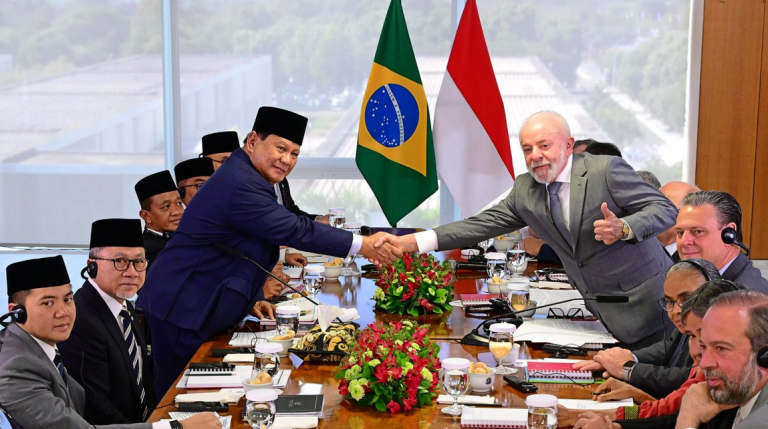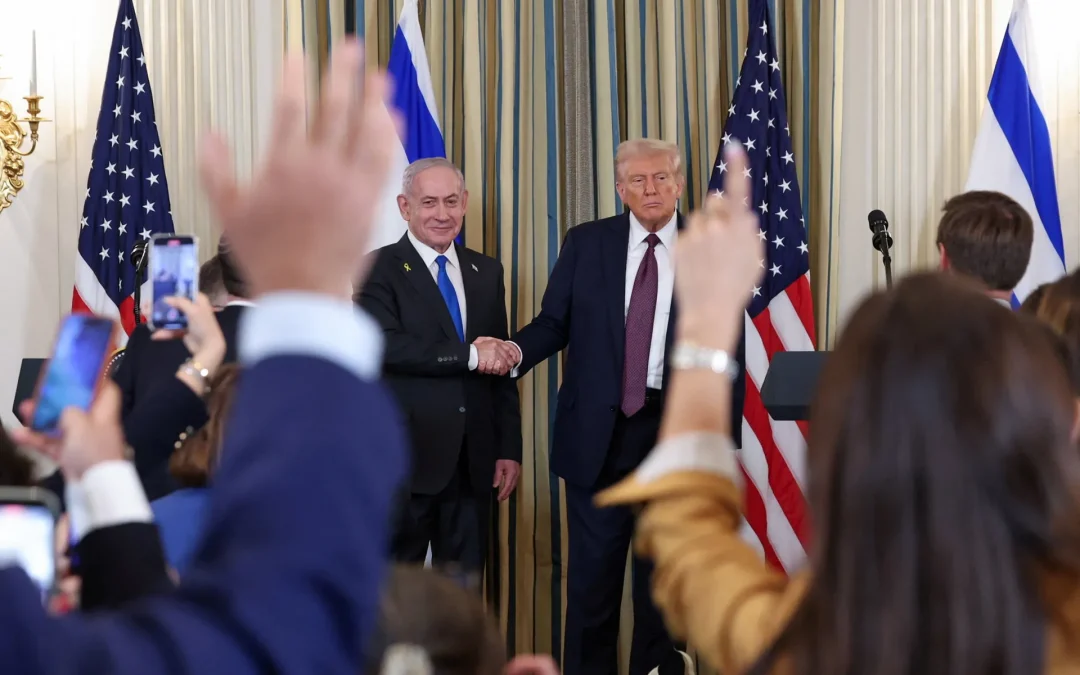The global economy is in an increasingly worrying state after Trump once again announced his policy regarding tariff increases on imports from US trading partners on April 2, 2025.
On what Trump referred to as “Liberation Day,” he announced the magnitude of the tariff hikes for U.S. trading partners that enjoy a trade surplus and contribute to the U.S. trade deficit. The U.S. president described the policy as a national emergency aimed at enhancing competitive advantage, protecting sovereignty, and strengthening national and economic security.
The rebirth of the US industry?
In his speech, Trump stated that “today (April 2, 2025) is the long-awaited liberation day. April 25, 2025, will be remembered forever as the rebirth of the American industry, the day when the destiny of the US will be reclaimed, and the day when America will prosper again.”
On the website http://thewhitehouse.gov, published on April 2, 2025, it was emphasized that: these tariffs are crucial to ensuring fair trade, protecting American workers, and addressing the trade deficit.
The official website also states that US trading partners have been practicing economic policies that undermine and weaken the US’s ability to produce goods that are essential to society and the military, thereby threatening national security. In 2024, the US experienced a trade deficit of more than USD 1.2 trillion, which was ignored by the previous US president.
It is estimated that U.S. companies must pay over 200 billion USD annually in value-added taxes to foreign governments; meanwhile, European companies do not pay income taxes on their exports to the U.S.
The White House also noted that the US suffers significant losses ranging from 225 billion USD to 600 billion USD due to counterfeit goods, pirated software, and trade secret theft. The trade imbalance has led many US-based manufacturing companies to relocate overseas, harming the US middle class, while non-market economies like China continue to grow rapidly.
Reciprocal tariffs for trading partners with surpluses
There are around 90 countries that have seen an increase in import tariffs in the United States, including ASEAN member countries. For example, imports of products from the European Union, one of the largest trading partners with an 18.3% share of the US market, are subject to a 20% tariff, and Japanese products entering the US are subject to a 24% tariff.
Six ASEAN countries are facing significant tariff increases. Vietnam, which has the largest share of imports to the US among ASEAN countries (4.2%), will have to pay a tariff of 46%. Cambodia will also see a tariff increase to 49%, Indonesia and Thailand to 32%, Malaysia to 24%, and Singapore to 10%.
| No | Country | US Import Share | New Tariff Rate |
| 1 | Vietnam | 4,2% | 46% |
| 2 | Thailand | 1,9% | 32% |
| 3 | Malaysia | 1,6% | 24% |
| 4 | Singapore | 1,3% | 10% |
| 5 | Indonesia | 0,9% | 32% |
| 6 | Cambodia | 0,4% | 49% |
The reciprocal tariffs will take effect on April 9, 2025, at 12:01 a.m. These reciprocal tariffs will be added to the base tariff of 10% that will take effect on April 5, 2025.
Risk of Global Inflation & Stagnation
International economic analysts have warned of the possibility of a global economic crisis as a result of the tariff policy issued by President Trump.
Layoffs are feared in many countries, especially developing countries, as their products will no longer be as easily accepted in the US market as before. As a result, company revenues will decline, as it will not be easy for them to shift their exports to other countries.
This situation will impact the economic growth of countries that have relied on trade with the US. Overall, global economic growth will stagnate or even decline.
There are concerns that the US itself will be affected by these tariff policies, which will accelerate inflation and reduce US economic growth. US media reports that Trump’s announcement of basic and reciprocal tariff increases has made US citizens anxious about the possibility of price increases for their daily necessities. They realize that they have been consuming goods made in India, China, and other countries.
As prices rise, inflation is inevitable. Economic growth will stagnate. This situation is referred to as stagflation.
The stock market reaction indicates a negative response to Trump’s reciprocal tariff policy. The average decline in stock market indices reached between 2-3.5 percent on the day of the announcement. On the following day (April 3), the decline even reached 4-6%. This indicates an early warning sign of stagflation, where market sentiment tends to be negative toward the erratic policies of the newly elected president, who has been in office for less than three months.
Written by: YP Hermawan
Source:
https://www.kemendag.go.id/berita/pojok-media/trump-tetapkan-tarif-impor-32-persen-untuk-indonesia
https://www.reuters.com/markets/trump-tariffs-pile-stress-ailing-world-economy-2025-04-02
https://www.cbsnews.com/news/trump-tariffs-economists-forecast-stagflation-recession-risk
https://www.wsj.com/livecoverage/trump-tariffs-trade-war-stock-market-04-02-2025







